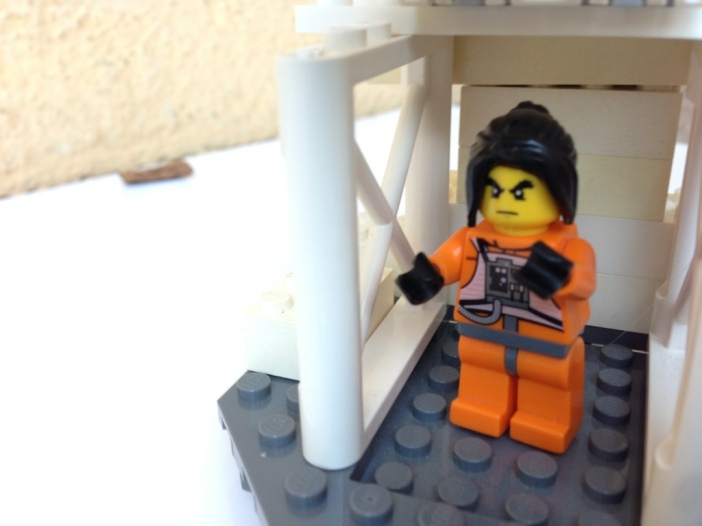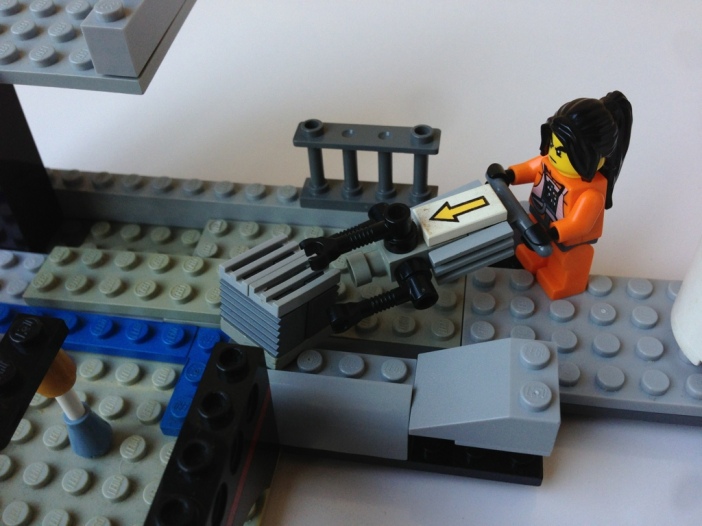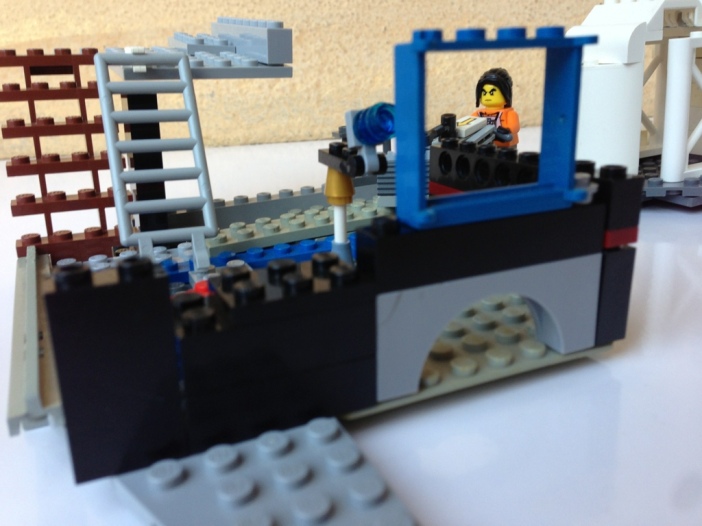This article first appeared in the March 2011 edition of The King’s Tribune
—
What’s the most soul destroying career that you can imagine? Doctor at a tobacco company? Head of light entertainment at Channel Nine? Opinion writer for a News Ltd tabloid? To my mind they’re amateurs and also rans when you put them up against what’s arguably the most destructive force in western society: the self help industry.
Advertising executives, used car salesmen, Young Liberals and door to door pay TV salesmen have got nothing on the shameless misery bringers who hide their destructive nature under offers of a balm for aching souls. They own daytime TV, command overwhelming shelf space in bookshops and charge hundreds of dollars in appearance fees, paid for by poor schmucks who hope that some success might rub off, which is even more laughable when you realise the foundation of the whole industry is encouraging people to feel like failures.
I blame Dale Carneige. Carnegie wrote a helpful little book called How to Win Friends and Influence People, which can pretty much be distilled down to ‘remember your fucking manners’. This concept was such a revelation to the United States of the 1930s that the book became an instant best-seller and has since sold over fifteen million copies. Not only did Carnegie write the book that helped define the self help genre, Dale Carnegie Training provided a template for every loud man with big teeth who’s come to save us all from our problems ever since.
So why are we so willing to hand over fistfuls of cash to people we’d throw beer nuts at if they started proselytising in the pub? An insight into the mechanics of the self help industry is one of the few lessons that truly gripped me at university, because I was able to see first hand how powerful cognitive dissonance could be as a motivator and how easy it would be to exploit. Another lesson I learned was the effect of drinking a jug of beer through a straw, but that gripped me in an entirely different way.
Our psych class was doing a simple exercise to help us understand some personality theory concepts. We were asked to describe ourselves by selecting about a dozen options from a list of attributes, then we were asked to do the same thing again, but this time describing an ideal version of ourselves.
When we compared the lists three things became apparent: firstly, that the small number of people whose lists were almost identical either had very low goals for their ideal self, or were liars. Secondly, most of us felt that we differed from our ideal selves, but rarely to the extent that we felt motivated to make big changes. But most interesting were the people who believed that there was a very large difference between their real and ideal selves. There was about half a dozen of them and they began behaving very strangely, even for psych students. A couple of the girls started sobbing, one guy had a tantrum and stormed off, while the others completely zoned out.
In the hastily convened debriefing session shortly afterwards, our tutor explained that what we’d seen was cognitive dissonance in action. Cognitive dissonance is the discomfort we feel when we become aware that we’re trying to hold two conflicting beliefs at once. In this case, the difference in the rating of ideal and real selves was causing significant emotional distress.
So, what has this got to do with the self help industry? Well, when we feel the effect of cognitive dissonance, we try to find a way to reconcile our conflicting beliefs, like the One Nation member who gets on well with his Vietnamese neighbour and will tell you his views on immigration aren’t racist because “Some of my best friends are Asian”. To relieve the uncomfortable feelings we look for excuses, ways to rationalise away the conflict; and we also look for solutions. This is where the self help industry comes into its own: solutions and excuses. You’re not lazy, someone is stealing your personal power. You’re not disorganised, you just haven’t found the right system yet. Buy this book and come to our seminar, we’ll show you how to fix everything.
The first step in the self help pitch is convincing everyone that there’s something wrong with their life, quite often by telling them about all of the things that they’re supposedly missing out on, or are being denied by some external force. Pump up their idealised self image and give their real self image a kicking into the bargain.
Once you’ve managed to create some cognitive dissonance in the unwary, you then offer them a solution, a way to achieve the ideal self you’ve told them they long to be. While Dale Carnegie may have been content to remind people that reforming their own behaviour was a great way to improve the reactions of others, the self help industry is now packed with everything from ridiculously rigid life plans and enormous tomes on avoiding procrastination that take a week to read, through to fictional mystical prophesies and the idea that simply wishing hard enough will bring you what you want.
When, inevitably, self help books fail to deliver their promised gateway to unimpeded self actualisation, the self help gurus blame the reader for not sticking to the system, or not believing hard enough, which feeds back into the feelings of failure that the reader was hoping to escape and leaves them anxious to buy another self help book. Fantastic! Another book deal for everyone.
The dirty little secret of the self help industry is that if their products were genuinely useful they’d put themselves out of business. The fact that we manage to ignore this fact as we add yet another book to our collection is just another example of cognitive dissonance that we have to deal with.
The reality is that there is no recipe, no sure fire plan, no invaluable secret that will change your life and bring you to some imagined place that is somehow better than where you are today. Pretending otherwise is the least helpful thing you can do, but you won’t find anyone in the self help section telling you that.






You must be logged in to post a comment.